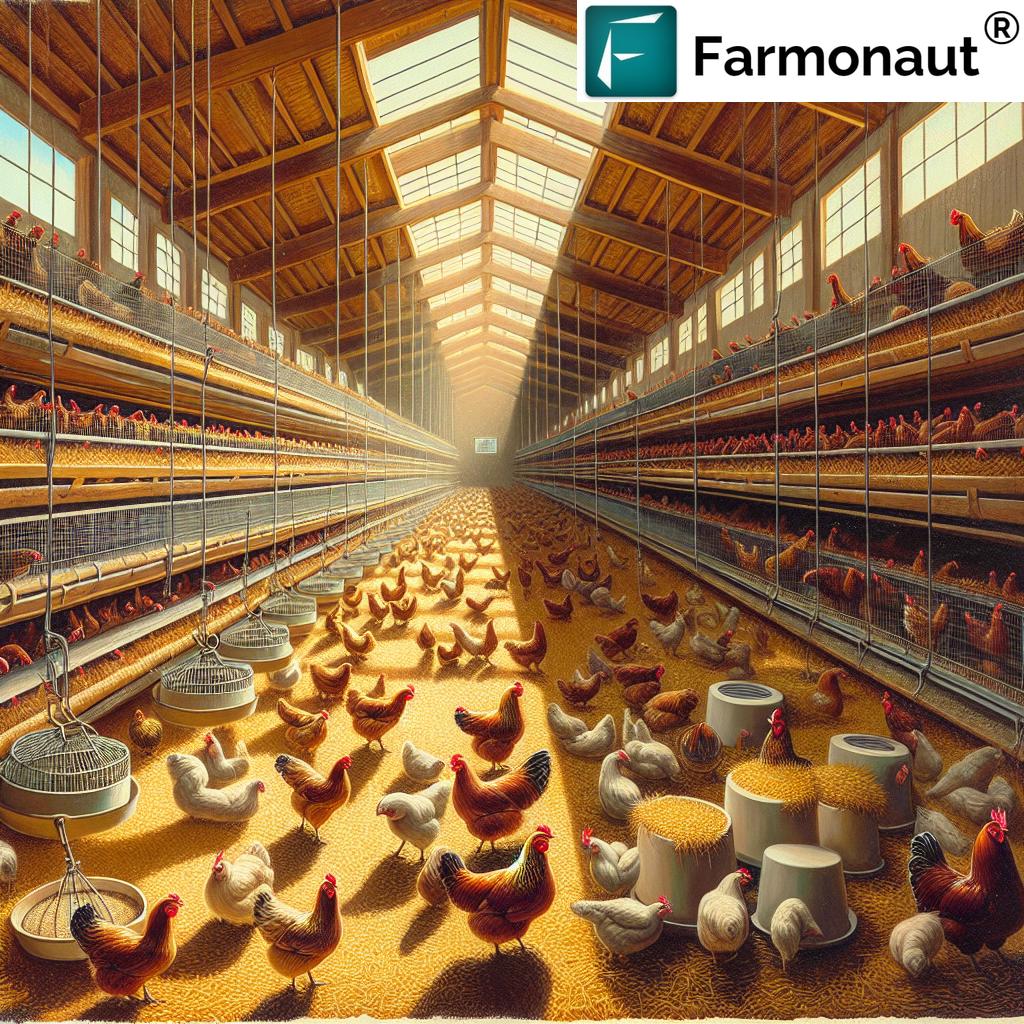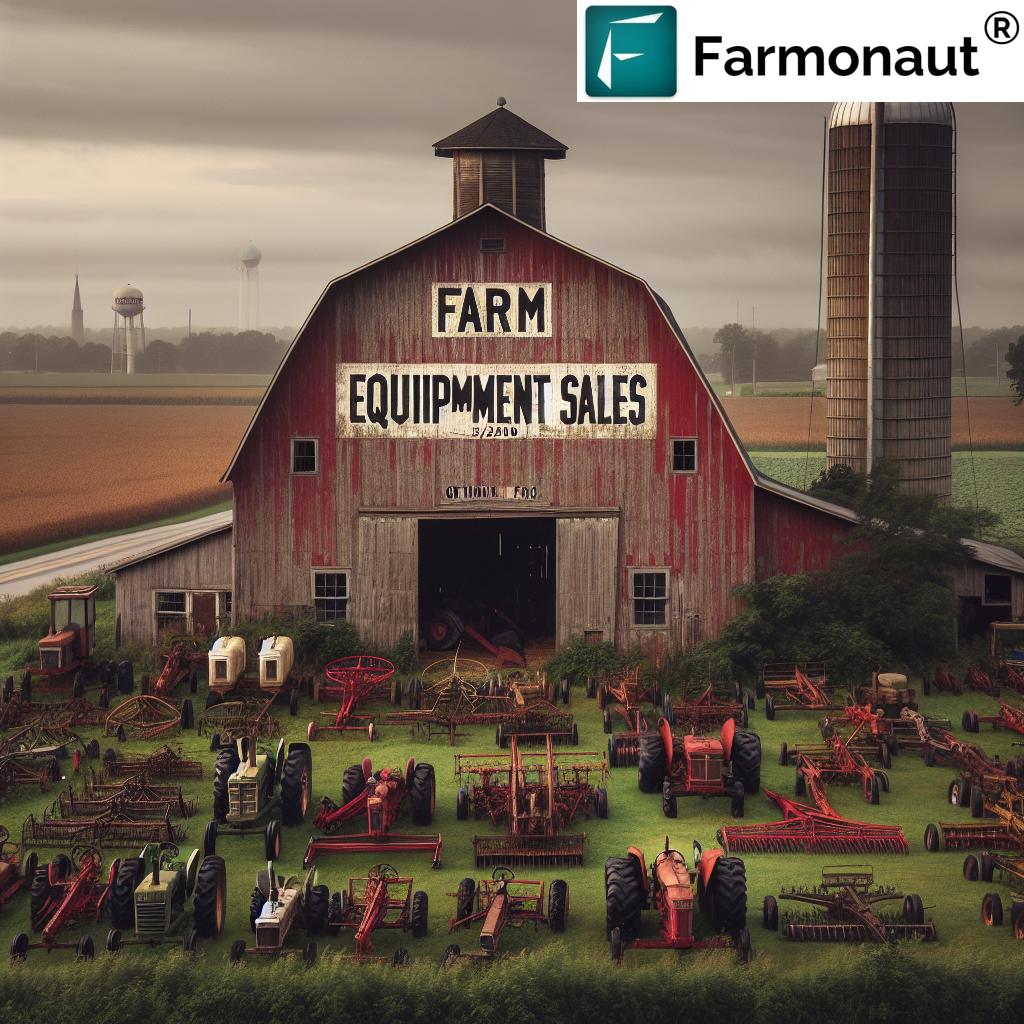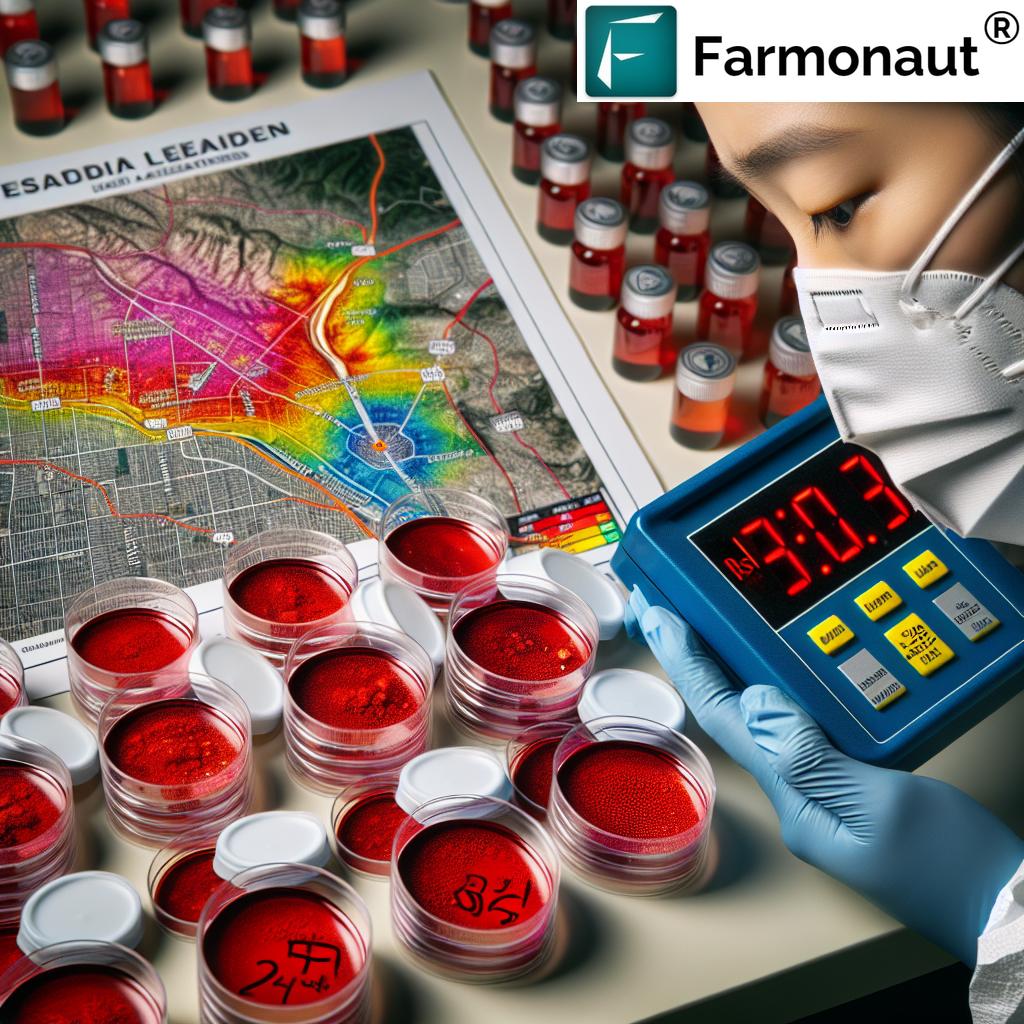Sustainable Farming: Cage-Free Eggs Benefits in California
“Over 70% of California’s egg-laying hens are now raised in cage-free systems, promoting animal welfare and sustainability.”
Introduction: The Rise of Sustainable Farming and Cage-Free Eggs in California
As global attention focuses on improving sustainability, the agricultural landscape is experiencing a pivotal transformation—especially in California. With population growth and increased food demands, the need to adopt sustainable egg farming practices is more urgent than ever. At the heart of this evolution is the transition to cage-free systems, fundamentally altering egg production and consumption patterns while emphasizing animal welfare and minimizing the environmental impact of egg farming.
Cage-free egg production isn’t just a trend—it’s a reflection of shifting ethical, environmental, and market priorities. This comprehensive blog explores why cage-free eggs stand as a beacon in the quest for sustainable, high-quality food in California, examining animal welfare in egg production, environmental and economic effects, regulatory frameworks, consumer demand for ethically produced eggs, and the future of the industry.
Understanding Cage-Free Egg Production
Cage-free egg production refers to an innovative system that moves away from traditional battery cages, offering hens significantly more space and freedom to express their natural behaviors. Rather than being confined to cramped cages, hens are provided with open floor barns or aviaries with multiple levels. This enables them to roam, spread their wings, forage, and dust bathe—all within a controlled environment optimized for their health and safety.
- Open floor barns: Hens live on the barn floor with scattered perches, nest boxes, and foraging areas.
- Aviary systems: Multi-level barns provide even greater vertical living space, allowing hens to a greater variety of movement and social behaviors.
The critical distinction in cage-free systems is the allowance for natural activities: foraging, nest-building, dust bathing, and socializing. Such environments allow hens to exhibit improved physical and psychological well-being compared to those in battery cages. Yet, success in waste management in egg production and food safety in cage-free systems largely depends on effective management and design.
Cage-Free Egg Production: Impact on California’s Agriculture
In California, the move to cage-free is not only a matter of animal welfare in egg production but also central to sustainability. California has emerged as a leading state in this transition to cage-free systems, with producers adapting their infrastructure and operations to meet both regulatory requirements and heightened consumer expectations.
- Physical structures: Larger barns and improved perching systems support hen health.
- Enhanced management: Increased labor and biosecurity protocols guard against disease transmission.
- Technology integration: Tools like Farmonaut’s large-scale farm management solutions are helping producers optimize management and ensure compliance, productivity, and sustainability.
Animal Welfare in Cage-Free Egg Production: Progress and Challenges
The shift to cage-free egg production is primarily motivated by concerns about animal welfare in egg production. In traditional battery cages, hens may experience chronic stress due to confined spaces, leading to behavioral disorders, injury, and increased disease transmission.
In cage-free environments:
- Hens can roam, spread their wings, and socialize, exhibiting more natural behaviors.
- Access to nest boxes, perches, and foraging areas contribute to improved physical health and reduced behavioral abnormalities.
- Psychological well-being improves, translating to higher egg quality and productivity.
However, challenges remain, including:
- Increased risk of disease transmission due to closer hen contact and open environments.
- Management of air quality within barns, especially as ammonia from waste can accumulate.
- Effective waste management is vital to reduce disease risks and environmental impacts.
Research is ongoing to improve air quality, food safety in cage-free systems, and waste management without compromising animal welfare. With precision farming methods such as Farmonaut’s crop, plantation & forest advisory, it’s possible to monitor conditions in real-time and guide optimal husbandry practices.
Try Farmonaut’s precise, satellite-based crop health monitoring and large-scale farm management solutions to optimize sustainability in any egg production system.
Environmental Impact of Egg Farming: The Cage-Free Perspective
The environmental impact of egg farming is a crucial consideration when evaluating the sustainability of different egg production systems. Cage-free approaches introduce both opportunities and challenges for the environment:
- Manure Management: Because hens are not confined to cages, their waste can be managed as a valuable organic fertilizer, enhancing soil health and reducing reliance on chemical fertilizers.
- Carbon Footprint: Cage-free systems may reduce a farm’s overall carbon footprint through improved waste management and resource efficiency—especially when paired with Farmonaut’s carbon footprinting tools for real-time emissions tracking.
- Resource Use and Waste: These systems require more space and can result in increased water and energy use if not properly managed.
- Greenhouse Gas Emissions: Improved waste management techniques help limit negative impacts, but open-flock environments do pose challenges for emission control.
Promoting sustainable egg farming practices requires continuous research and innovation in management and technology to achieve the right balance between animal welfare and environmental protection.
“California’s cage-free egg market grew by 35% after 2015, reflecting rising consumer demand for sustainable farming practices.”
Economic Viability of Cage-Free Egg Farming in California
The economic viability of cage-free egg farming is a frequent topic of discussion among egg producers and stakeholders. While cage-free systems offer clear benefits for animal welfare and consumer trust, they require extensive infrastructure changes and increased operational costs:
- Infrastructure investments: Converting barns and upgrading equipment for cage-free egg production can be capital-intensive.
- Operational expenses: Higher labor costs for daily flock management, health monitoring, and cleaning.
- Feed efficiency: Hens roaming freely often expend more energy, requiring greater feed intake, which can increase unit costs.
- Market access & premium pricing: Consumer demand for ethically produced eggs supports higher price points. Many retailers and food service companies are also actively sourcing only cage-free eggs.
Despite the challenges, producers are finding that the sustainability and market positioning of cage-free eggs outweigh these complications in the long run. Technology solutions like Farmonaut’s fleet management can support larger operations in logistics optimization, helping to buffer rising costs and streamline production.
Market Trends: Consumer Demand for Ethically Produced Eggs
Across the United States and especially in California, consumer awareness regarding animal welfare, environmental impacts, and sustainable farming practices is at an all-time high. This evolution is markedly reflected in purchasing behaviors and market trends:
- Retailers’ Commitment: Market leaders like Walmart and major food service companies have plans in place to shift to 100% sourcing of cage-free eggs.
- Premium Positioning: Shoppers expect higher quality and are willing to pay more for eggs produced under humane and sustainable conditions.
- Transparency and Traceability: Blockchain-based traceability solutions from providers like Farmonaut enhance trust and accountability in supply chains—critical for brand reputation and market share.
- Social Responsibility: The shift aligns with broader consumer values regarding environmental stewardship and ethical food production.
Regulations and Compliance: California’s Cage-Free Transition
California’s role in the transition to cage-free systems cannot be overstated. With the passage of Proposition 2 in 2008, and subsequent regulations, the state has implemented the nation’s strictest animal welfare standards for egg production:
- Proposition 2 (2008): Mandated increased space and minimum humane treatment for egg-laying hens.
- Further legislation: Requirements for cage-free housing and egg production by 2022.
- Market enforcement: Eggs sold in California must meet these standards, affecting sourcing for all retailers and service companies operating in the state.
For farmers and producers, keeping up with regulatory changes means embracing sustainability, understanding new requirements, and integrating solutions such as Farmonaut’s crop loan and insurance verification to streamline compliance and access to financing.
Challenges of Cage-Free Egg Production: Risks and Solutions
Despite the overwhelming benefits, the challenges of cage-free egg production require serious consideration. Effective management is key to overcoming:
- Disease Transmission: Higher flock density and mobility increase exposure risks. Precision monitoring of air quality and flock health is critical.
- Waste Management in Egg Production: More hens in open space require advanced waste handling to prevent pollution and soil degradation. Integration with fertilizer production can help reduce chemical use and support soil health.
- Food Safety in Cage-Free Systems: Maintaining clean nesting, feeding, and foraging areas is essential to ensuring egg safety and quality. Automated alerts and real-time monitoring systems (such as those enabled by Farmonaut) can aid rapidly in identifying risks.
- Higher Production Costs: As outlined previously, the transition involves increased resource needs. Data-driven operations—supported by satellite and AI—can optimize resource allocation and minimize wastage.
Innovative research, education, and the use of technology for resource management and sustainability are the future for successful cage-free egg production.
How Farmonaut Supports Sustainable Egg Farming Practices
At Farmonaut, we are committed to helping farmers worldwide, including those in California’s dynamic egg industry, adopt sustainable egg farming practices that align with modern animal welfare and sustainability standards. By applying our range of cutting-edge technologies, we empower farmers to manage their resources effectively, reduce operational costs, and build long-term viability for their production systems.
- Satellite-Based Crop Health Monitoring: Receive real-time NDVI and soil moisture insights to inform fertilizer and waste management, benefiting both feed production and environmental stewardship.
- Jeevn AI Advisory System: Get expert, data-driven advice on compliance, resource allocation, disease management, and environmental best practices.
- Blockchain-Based Traceability: Enable transparency for retailers, service companies, and consumers—increasing the market attractiveness of ethically produced eggs.
- Carbon Footprinting: Track and reduce your farm’s carbon footprint with real-time analytics, supporting your journey toward zero-emission agriculture.
- Fleet and Resource Management: Optimize logistics, reduce wastage, and increase ROI even in expansive cage-free systems.
We believe that sustainable egg production in California benefits immensely from continuous innovation. Our API and developer documentation ensure seamless integration with farm management platforms for a truly data-driven approach.
Comparison Table – Cage-Free vs. Conventional Egg Production in California
| Criteria | Cage-Free Systems | Conventional (Battery Cage) Systems |
|---|---|---|
| Living Space per Hen | 1–1.5 sq. ft. (barns/aviaries) | Average 67–86 sq. in. (0.46–0.6 sq. ft.) |
| Feed Efficiency | Slightly lower (more active hens consume more feed) | Higher (restricted activity; less feed needed per egg) |
| Manure Management | More complex; can be composted for use as fertilizer | Simpler in-cage collection but often less sustainable |
| Greenhouse Gas Emissions | Higher per egg (if not well managed), but improved with best practices | Lower per egg, but higher environmental impact per unit due to poor manure handling |
| Antibiotic Use | Potentially less (with strong management) | Common (to prevent disease in crowded cages) |
| Estimated Cost per Dozen Eggs | $2.50–$5.00 | $1.50–$3.00 |
| Market Share (California, 2023 Est.) | ~70% | ~30% (and rapidly declining) |
FAQ: Sustainable Cage-Free Egg Production
- What is cage-free egg production?
Cage-free egg production is a system where hens are not kept in battery cages but instead live in barns or aviaries that allow them to move freely, spread their wings, and engage in natural behaviors. - How does cage-free benefit animal welfare?
Hens in cage-free environments experience less stress, can perform natural behaviors, and show improved physical and psychological wellbeing. - Are cage-free eggs more sustainable?
Yes. When managed well, cage-free systems can reduce reliance on chemicals, utilize waste as fertilizer, and align with best sustainability practices, though resource demands can be higher if mismanaged. - Do cage-free eggs taste better?
Taste is subjective, but many consumers perceive cage-free eggs as fresher and better quality due to improved hen health and welfare. - Why are cage-free eggs more expensive?
Higher production costs result from better infrastructure, more space, increased labor and feed, and stricter compliance with welfare standards. - What is the future of cage-free eggs in California?
With over 70% market share and growing consumer demand, cage-free eggs are likely to become the norm, especially as technology and management systems improve. - How does Farmonaut help egg producers?
Farmonaut provides satellite-based monitoring, AI advisory, carbon footprint tracking, and traceability solutions to optimize egg production’s sustainability and efficiency.
Conclusion: The Future of Sustainable Egg Production
California’s leadership in cage-free egg production showcases how regulation, consumer demand for ethically produced eggs, and sustainable farming practices can transform an industry. While challenges of cage-free egg production—from higher operational costs to the need for robust management—are real, the benefits to animal welfare, environment, and market opportunity are substantial.
Leveraging innovative technologies such as those offered by Farmonaut allows for informed, data-driven decisions that further amplify sustainability and economic viability of cage-free egg farming. By investing in resource efficiency, emission reduction, effective waste management in egg production, and transparent supply chains, California’s egg industry is setting a standard for sustainable agriculture that can inspire change far beyond state lines.
The remarkable growth of cage-free systems is a testament to the power of awareness, innovation, and a collective commitment to producing food that does not compromise the health of our animals, our environment, or future generations.
Explore Farmonaut’s API and flexible integration options for next-generation farm management.
Looking to modernize your egg farming with precision agriculture, resource optimization, and blockchain traceability? Discover how Farmonaut’s traceability platform builds transparency—vital for today’s sustainable food systems.
















